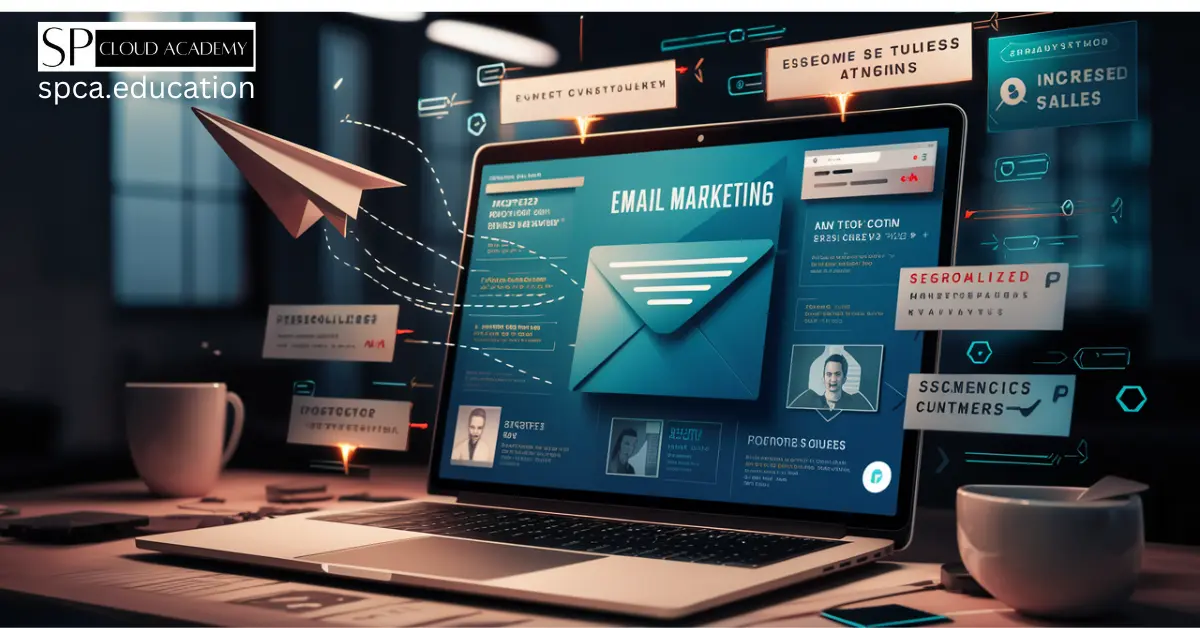Email marketing remains one of the most effective ways to connect with customers and drive sales quickly. With its ability to deliver personalized, targeted messages directly to your audience’s inbox, it’s no wonder businesses of all sizes rely on email marketing strategies to boost sales fast. Studies show that email marketing can yield an impressive $42 return for every $1 spent, making it a high-ROI channel for increasing conversions and revenue.
Introduction to Email Marketing
Email marketing involves sending targeted messages to a list of subscribers who have opted in to hear from your brand. Unlike social media or paid ads, email offers a direct line of communication, allowing you to build relationships and drive sales with precision.
Why does email marketing work so well to boost sales? It’s cost-effective, highly customizable, and reaches an audience already interested in your offerings. Whether you’re promoting a flash sale, nurturing leads, or re-engaging inactive customers, email marketing strategies can deliver fast results when executed properly.
In this article, we’ll cover everything you need to know to create email campaigns that increase sales quickly. Expect practical tips, real-world examples, and tools to help you succeed—all while keeping your content engaging and easy to read.
Understanding Your Audience
The foundation of any successful email marketing campaign is a deep understanding of your audience. Without knowing who you’re emailing, your messages risk falling flat, no matter how well-crafted they are.
Why Knowing Your Audience Matters
Your subscribers aren’t a one-size-fits-all group. They have unique needs, preferences, and behaviors. Sending generic emails wastes opportunities to connect and convert. By tailoring your email marketing strategies to specific audience segments, you can boost sales by delivering relevant content that resonates.
How to Segment Your Email List
Segmentation divides your email list into smaller, targeted groups based on shared characteristics. This increases the relevance of your emails, leading to higher open rates, click-through rates, and sales. Here are some segmentation strategies:
- Demographic Segmentation: Group subscribers by age, gender, location, or income. For example, a fitness brand might send workout gear promotions to men and women separately.
- Behavioral Segmentation: Use past actions like purchases, website visits, or email opens. A retailer could target frequent buyers with loyalty discounts while sending re-engagement offers to inactive users.
- Psychographic Segmentation: Focus on interests, values, or lifestyles. A travel company might segment adventure seekers from luxury travelers to send tailored vacation deals.
Personalization Techniques to Boost Sales
Personalization takes segmentation a step further by customizing emails for individual subscribers. Here’s how to do it:
- Use Names and Data: Start with simple personalization like “Hi, [Name]!” or reference their last purchase: “Loved your new sneakers, [Name]? Here’s 10% off accessories.”
- Tailor Offers: Send promotions based on subscriber behavior. For instance, if someone browsed laptops, follow up with an email highlighting laptop deals.
- Dynamic Content: Use email tools to swap out content blocks based on subscriber data, ensuring each person sees the most relevant message.
By segmenting your list and personalizing your emails, you create a more engaging experience that drives sales fast.
Crafting Compelling Subject Lines
Your subject line is the gatekeeper of your email campaign. It determines whether subscribers open your email or send it straight to the trash.
The Power of a Great Subject Line
A compelling subject line grabs attention and sparks curiosity. With 47% of recipients deciding to open an email based on the subject line alone, it’s a critical piece of your email marketing strategy to boost sales.
Tips for Writing Subject Lines That Work
Here’s how to craft subject lines that increase open rates and set the stage for sales:
- Keep It Short: Aim for 50 characters or fewer so it displays fully on mobile devices. Example: “Save 20% Today Only!”
- Use Action Verbs: Words like “get,” “shop,” or “discover” inspire action. Try “Discover Your Next Favorite Deal.”
- Personalize: Add the subscriber’s name or location, like “Emma, Your NYC Sale Starts Now!”
- Create Urgency: Phrases like “Limited Time” or “Last Chance” push readers to act fast. Example: “Hurry! 50% Off Ends Tonight.”
- Avoid Spam Triggers: Skip all caps, excessive exclamation points, or words like “free” that might flag your email as spam.
Subject Line Examples
- Good: “Mark, Unlock Your Exclusive Discount Now!”
- Bad: “SALE!!!! BUY NOW!!!!”
- Good: “Only 24 Hours Left to Save Big”
- Bad: “Newsletter Update #12”
A strong subject line is your first step to boosting sales with email marketing—it gets your foot in the door.
Designing Engaging Email Content
Once your email is opened, the content needs to keep subscribers hooked and guide them toward a purchase. Great design and persuasive copy are key.
Best Practices for Email Design
Your email’s look and feel should be visually appealing and user-friendly:
- Responsive Design: Use templates that adapt to mobile and desktop screens, as over half of emails are opened on phones.
- Simplicity Wins: Avoid clutter. Stick to a clean, single-column layout with ample white space for readability.
- Branding Consistency: Incorporate your logo, colors, and fonts to reinforce brand recognition.
- Visual Balance: Use images or videos sparingly to support your message, not overwhelm it. Always add alt text for accessibility.
Writing Persuasive Copy
Your words should convince subscribers to take action:
- Focus on Benefits: Highlight how your product solves problems. Instead of “Our software has 10 features,” say “Streamline your workday with one tool.”
- Tell a Story: Share a customer success story or a quick anecdote to connect emotionally.
- Be Concise: Short sentences and paragraphs keep readers engaged. Get to the point fast.
- Add Social Proof: Include testimonials or stats like “Join 10,000+ happy customers” to build trust.
Using Visuals Effectively
- Product Photos: Showcase items with high-quality images that highlight key features.
- Infographics: Simplify data or steps with a quick visual.
- Videos: Embed a short demo or testimonial to increase engagement.
Engaging email content keeps subscribers interested and moves them closer to a sale.
Call-to-Action (CTA) Strategies
A call-to-action (CTA) is your email’s closer—it tells subscribers what to do next. Without a strong CTA, even great content won’t boost sales.
Why CTAs Matter
CTAs bridge the gap between interest and action. A clear, compelling CTA can double your click-through rates and drive conversions fast.
Types of CTAs
- Direct Sales: “Shop Now,” “Buy Today,” or “Claim Your Deal.”
- Lead Nurturing: “Download Now,” “Sign Up Free,” or “Learn More.”
- Engagement: “Watch the Video” or “Read the Blog.”
For boosting sales fast, focus on direct sales CTAs.
CTA Design and Placement Tips
- Stand Out: Use bold colors like red or green for buttons, and make text larger or bold.
- Place Strategically: Put your main CTA above the fold (visible without scrolling) and repeat it lower for longer emails.
- Be Specific: “Get 20% Off Now” beats “Click Here” every time.
- Add Urgency: “Shop Before Midnight” or “Limited Stock” prompts quick action.
A well-crafted CTA turns interest into sales—don’t skip this step.
Timing and Frequency
When and how often you send emails can make or break your campaign. Timing impacts open rates, while frequency affects subscriber retention.
Best Times to Send Emails
While it varies by audience, here are some starting points:
- Days: Tuesdays, Wednesdays, and Thursdays often see higher engagement.
- Times: 8-10 AM or 1-3 PM, when people check email during work hours.
Test different times to find what works for your list.
How Often to Send
- Start Slow: One email per week is a safe baseline. Increase if engagement stays strong.
- Segment Frequency: Send more to active subscribers, less to inactive ones.
- Mix It Up: Alternate promotional, educational, and value-driven emails to avoid burnout.
Proper timing and frequency maximize sales without annoying your audience.
Leveraging Email Automation
Automation takes your email marketing to the next level by delivering timely, relevant messages without constant manual effort.
What Is Email Automation?
Automation uses software to send emails based on triggers (e.g., a purchase) or schedules (e.g., a welcome series). It saves time and boosts sales.
Automated Emails That Drive Sales
- Welcome Series: Greet new subscribers with 2-3 emails introducing your brand and offering a first-purchase discount.
- Abandoned Cart: Remind shoppers to complete their purchase with a nudge like “Forgot Something? Save 10% Now!”
- Re-Engagement: Win back inactive subscribers with “We Miss You! Here’s 15% Off.”
- Upsell/Cross-Sell: Suggest related products post-purchase, like “Complete Your Set with This Add-On.”
Benefits of Automation
Automation recovers lost sales, nurtures leads, and keeps your brand top-of-mind—all key to boosting sales fast.
Testing and Optimization
To keep improving, test and tweak your campaigns. Optimization ensures your emails perform at their best.
Why A/B Testing Is Essential
A/B testing compares two email versions to see which drives more sales. Test small changes to find big wins.
What to Test
- Subject Lines: “Save 20%” vs. “20% Off Today Only.”
- CTAs: “Buy Now” vs. “Shop the Sale.”
- Content: Image-heavy vs. text-only emails.
- Timing: Morning vs. afternoon sends.
Analyzing Results
Track open rates, click-through rates, and conversions. Use insights to refine your strategy and increase sales over time.
Compliance and Best Practices
Staying legal and ethical builds trust and protects your brand. Follow these guidelines:
Key Email Laws
- GDPR (EU): Requires explicit consent and easy opt-out options.
- CAN-SPAM (US): Mandates an unsubscribe link and honest subject lines.
Best Practices
- Get Consent: Only email opt-in subscribers.
- Be Clear: Include your brand name and contact info.
- Avoid Spam: Skip deceptive tactics or spammy words.
Compliance keeps your campaigns running smoothly and boosts subscriber trust.
Case Studies and Examples
Real-world success stories show how these strategies work:
Case Study 1: Personalized Emails
A retailer used purchase data to send tailored product recommendations, increasing email sales by 25%.
Case Study 2: Automation Wins
An e-commerce store’s abandoned cart emails recovered 18% of lost sales with a single follow-up.
These examples prove that smart email marketing strategies can deliver fast sales growth.
Tools and Resources
- Platforms: Mailchimp, Constant Contact, Sendinblue.
- Design: Canva for visuals, Litmus for testing.
- Learning: Blogs like HubSpot or courses on Udemy.
These tools streamline your efforts and help you boost sales efficiently.
Conclusion
Email marketing strategies to boost sales fast are within your reach. By understanding your audience, crafting compelling subject lines, designing engaging content, and leveraging automation, you can see quick results. Test, optimize, and stay compliant to keep improving.
Start implementing these tips today, and watch your sales soar. Email marketing isn’t just a tool—it’s a powerhouse for growth when done right.
See Also
-
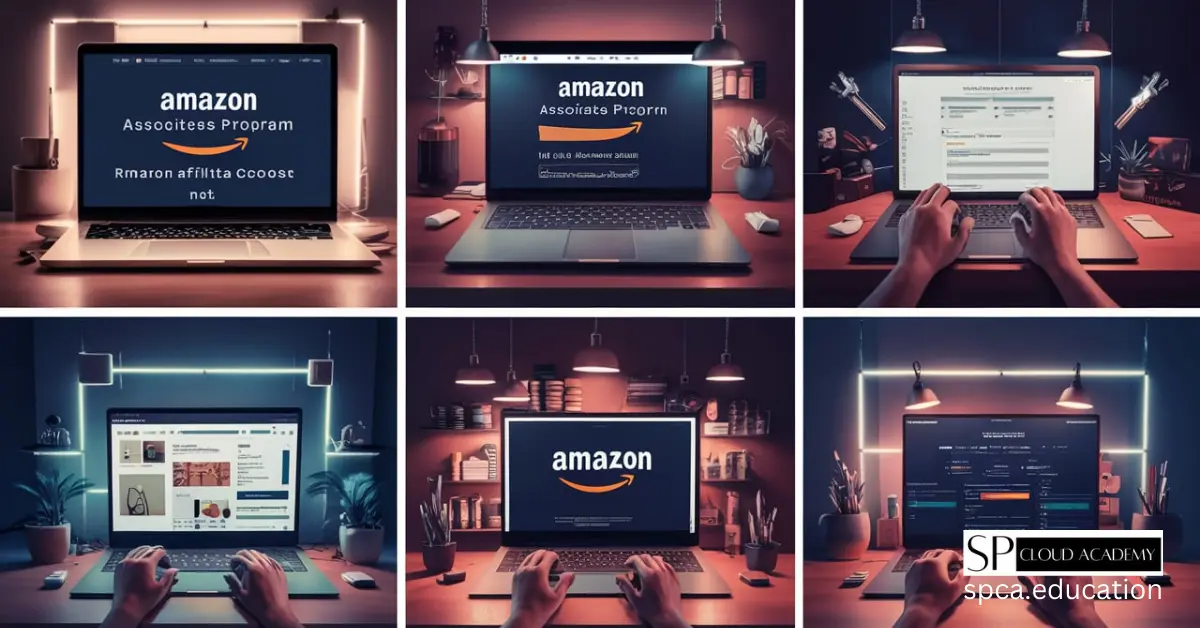
Step-by-Step Guide: How to Create an Amazon Affiliate Account in Minutes
-

Revolutionizing Visual Content Creation: The Top AI Image Generators You Need to Know
-
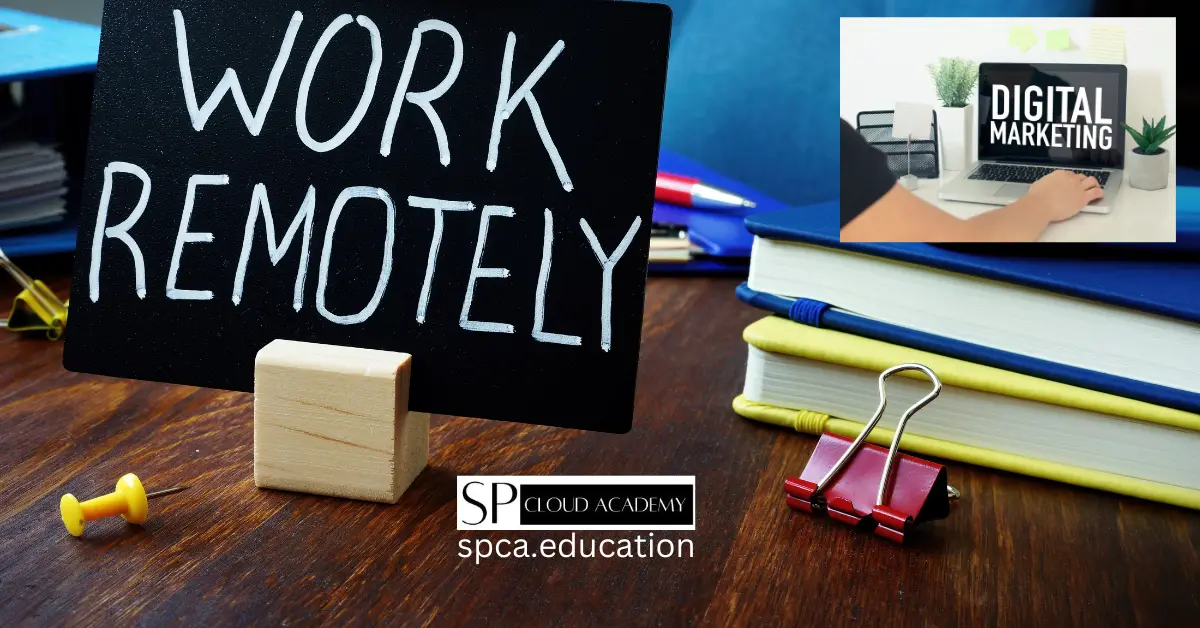
The Rise of Digital Marketing-Based Freelancing and Remote Jobs: How to Thrive in the Digital Age
-
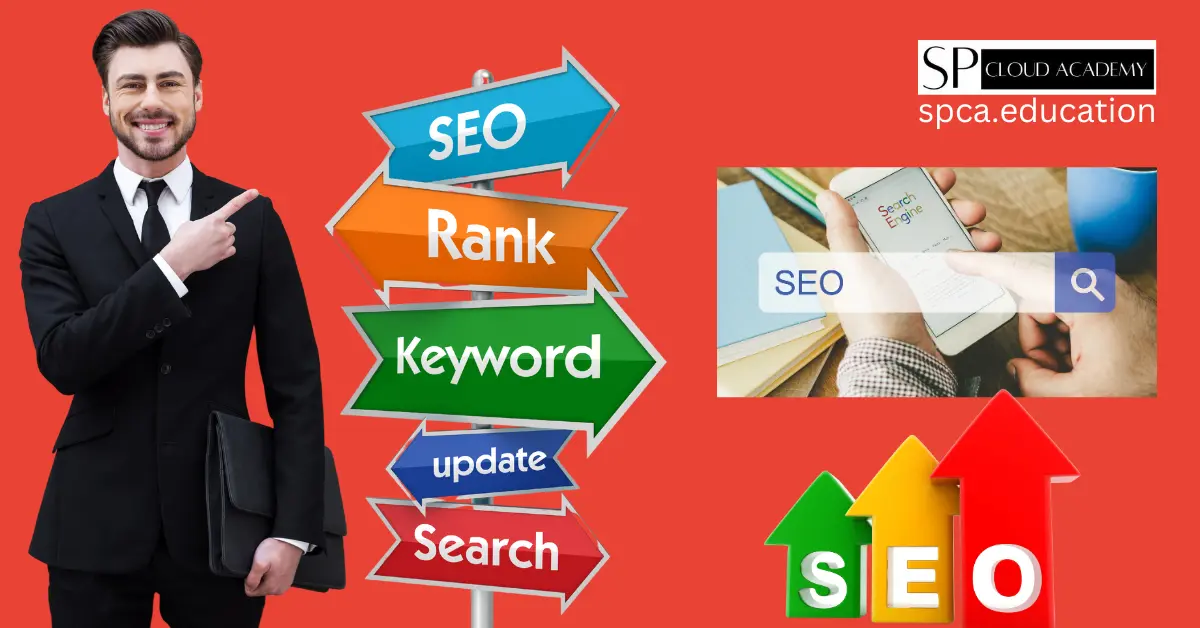
Navigating the SEO Career Landscape: How to Excel as a Specialist in Search Engine Optimization
-
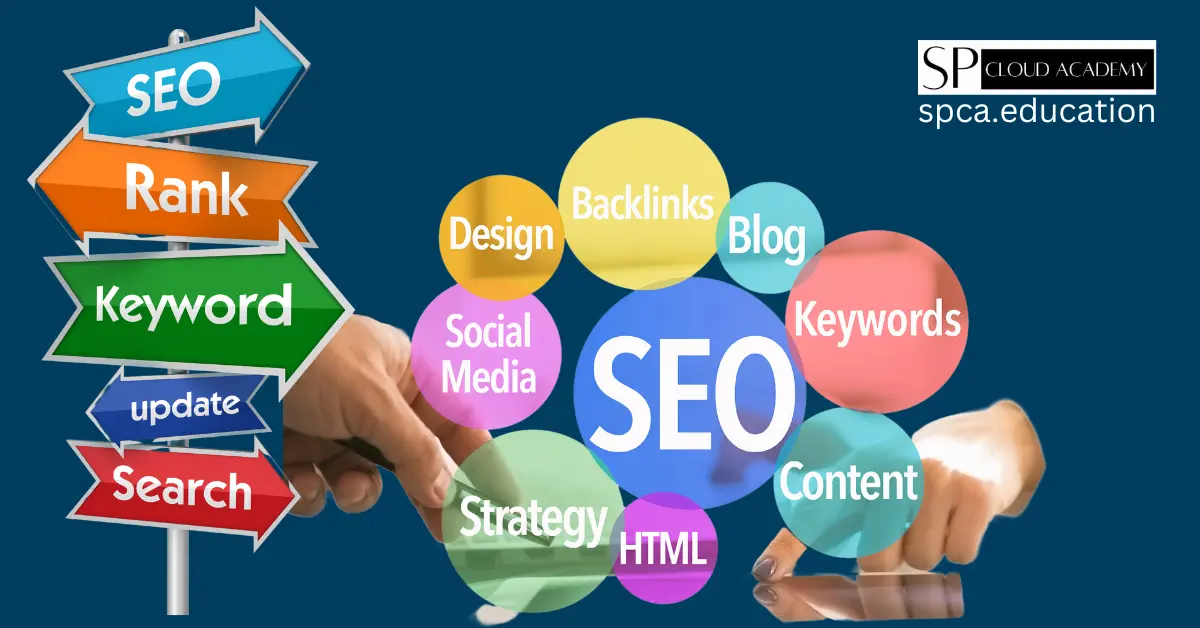
The Ultimate Guide to SEO Marketing: Boosting Your Online Visibility
-

Unlocking the Potential: How to Boost Your Business with Facebook and Instagram Marketing
-
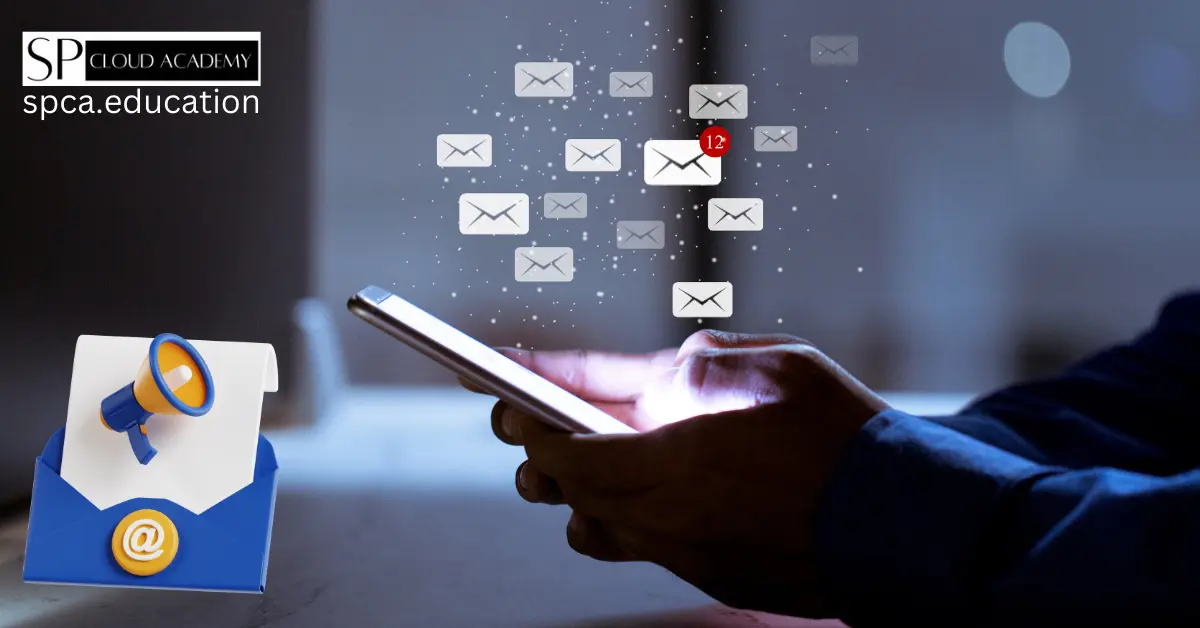
Mastering the Art of Email Marketing: Key Tips for Effective Campaigns
-
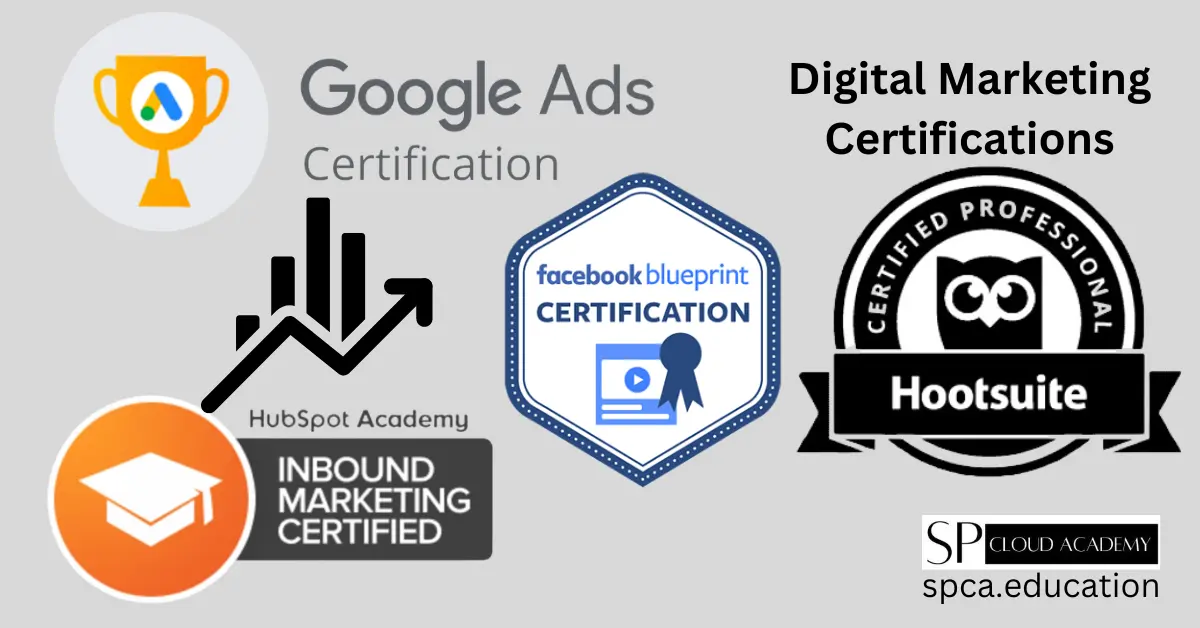
The Power of Digital Marketing Professional Certifications: Taking Your Career to New Heights
-

The Future of Digital Marketing: How AI is Revolutionizing the Industry
